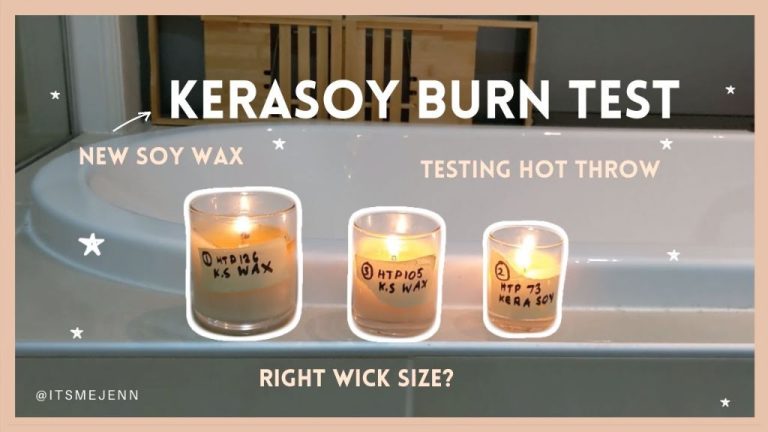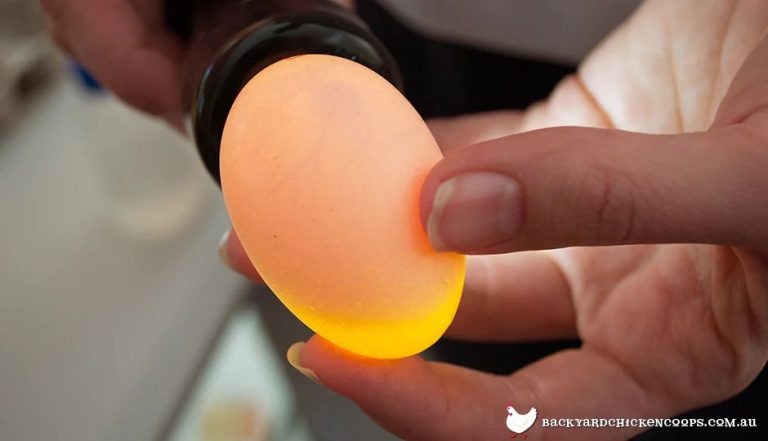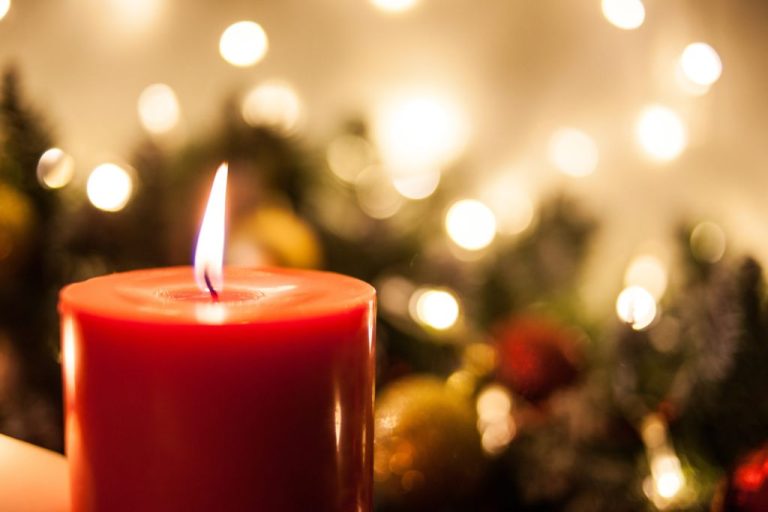What Were Three Problems With Tallow Candles?
Foul Odor
Tallow candles were made from rendered animal fat, usually from cows or sheep. As a result, they gave off an unpleasant and overpowering odor when burned, especially in enclosed spaces. According to Henchman | Tallow Candles and Meaty Air in Bleak House, tallow candles produced an offensive, smelly, and greasy residue. The author emphasizes how the smell was difficult to remove from indoor environments.
People tried various methods to mask or cover up the foul smell of burning tallow, but these were largely ineffective. Adding scents or perfumes provided only marginal improvement. The strong animal fat odor remained prominent and undesirable. As a result, tallow candles were infamous for creating a rank, meaty smell in homes and buildings.

Smoking & Soot
Tallow candles did not burn cleanly, producing a lot of smoke and soot that blackened walls, ceilings, and furnishings. The smoke from tallow candles was known to irritate eyes and lungs. Tallow required constant trimming of the wick to minimize smoking, but even then it was difficult to prevent.
Fire Hazard
One of the major problems with tallow candles was the fire hazard they posed. Tallow candles had an open flame, which was dangerous and could easily cause house fires if left unattended or placed too close to flammable materials like curtains or furniture.[1] The long wicks needed constant trimming to avoid flaring up and spreading the fire.
Carelessness often led to people leaving burning candles unattended for long periods of time. This significantly increased the chances of accidental fires starting in homes.[2] Unlike modern candles, tallow candles lacked safeguards to contain the flames and prevent fires. The open flames made tallow candles much more of a fire hazard than the enclosed flames of contemporary candles.
Inefficient Light
Tallow candles did not produce very much light compared to modern standards. The quality of light from tallow candles was quite dim and uneven. This was due to the imprecise candle wicks which caused the flame to flicker. Moreover, the tallow material limited how bright the candle could burn before producing excessive smoke. As a result, multiple tallow candles were needed to provide adequate illumination for tasks like reading or sewing. Some estimates suggest it would take anywhere from 4-12 tallow candles to produce the equivalent lighting of a single modern incandescent lightbulb.
As noted in Energy.com’s history of lighting innovations, “Tallow candles were the first artificial light source, but they had drawbacks such as soot and poor air quality.”
Short Lifespan
Tallow candles burned for only a few hours before being consumed. According to Tallow Candles, a good quality tallow candle would usually last around 5 hours. This meant candles needed frequent replacement at considerable expense. Their lifespan was even shorter if burned quickly or carelessly.
Beeswax candles, introduced in the 1500s, burned brighter and longer than tallow candles according to the Smith College Museum of Ancient Inventions. The longer lifespan of beeswax candles made them a desirable alternative to tallow candles.
Labor Intensive
Tallow candle making was very labor intensive, requiring a lot of hands-on work. Simply rendering the tallow from raw beef or mutton fat to make it usable for candles took a great deal of time and effort. According to The Prairie Homestead, rendering tallow involves simmering and straining the fats multiple times to purify it before pouring into molds.[1] Preparing the wick materials was also time consuming, as wicks had to be braided from multiple threads.
Even during use, tallow candles required ongoing labor. The wicks needed regular trimming with special scissors to prevent excess smoking and achieve a bright, steady flame. Unlike modern candles that are relatively maintenance-free, tallow candles demanded constant monitoring and adjustment while burning.
[1] https://www.theprairiehomestead.com/2014/01/tallow-emergency-candles.html
Expensive
Tallow candles were costly to produce and use compared to other lighting options of the time. The raw materials of tallow and wicks had to be purchased or produced in-house, which was time consuming and labor intensive. Each candle also had a very limited lifespan of just a few hours before needing replacement. This meant a continuous cycle of candle making and repeatedly purchasing fresh batches of tallow – a significant ongoing expense.
For example, a box of a dozen high quality tallow candles today can cost $30 or more. In the 18th century, the average worker made less than a dollar a day. The cost of repeatedly replacing tallow candles represented a major household expense for most families.
Gas lamps and later electric lights offered much more economical options. Over time, the cost advantages of these new technologies made tallow candles seem extravagantly expensive by comparison. Their labor intensity and material costs simply didn’t make fiscal sense next to gas or electric illumination.
Unreliable
Tallow candles had inconsistent burning times and brightness. The quality of the tallow, wick, and molding process impacted how long a candle would burn. There was a lack of standardization in candle making, so performance varied wildly from candle to candle (https://www.soapmakingforum.com/threads/tallow-candles.73163/). Tallow candles were also easily blown out by drafts or careless handling, making them an unstable light source. Unlike beeswax or paraffin wax candles, tallow candles required constant monitoring and adjustment to remain lit. This made them an unreliable and undependable form of illumination.
Messy
Tallow candles were known to be quite messy to use. As the candle burned down, melted tallow would drip down the sides, leaving oily stains on candle holders and surfaces. The Reddit user in this post discusses issues with excess tallow drippings from their homemade tallow candles.
If a tallow candle was accidentally knocked over while lit, the spilled tallow was difficult to clean up. The liquid tallow could spread across tables and floors, creating greasy stains and residue. According to The Prairie Homestead’s article on tallow emergency candles, the fat stains were notoriously hard to remove from surfaces once set.
Overall, the liquid nature of the tallow made these candles quite messy in day-to-day use. People had to be cautious about dripping wax and potential spills, which could damage furniture, carpets, and other possessions.
Limited Applications
One of the key problems with tallow candles was their limited applications and inability to provide sufficient lighting in many contexts. Due to their smoky and inconsistent nature, tallow candles were not very practical for outdoor use, especially in windy conditions where they were likely to flicker and go out frequently (The World of Tallow Candles: History, Culture, and Sustainability). The dim, uneven light of tallow candles also meant that they could not illuminate large indoor spaces adequately, making lighting a room effectively with candles alone challenging. Their use was generally restricted to very basic indoor lighting in small, contained areas of homes where minimal light was required. The limited intensity and unreliable nature of tallow candles confined their applications primarily to short-term, supplemental lighting rather than primary illumination. Compared to modern candles or electric lighting, the lighting capabilities of tallow candles were very modest and inadequate for many practical lighting needs.






